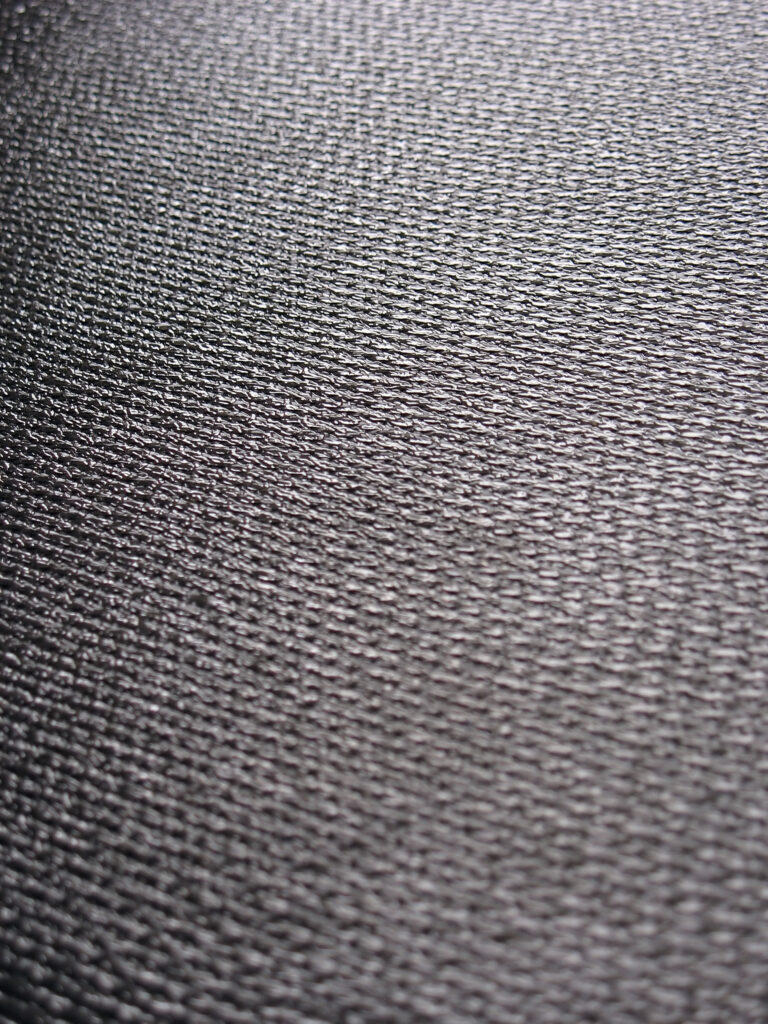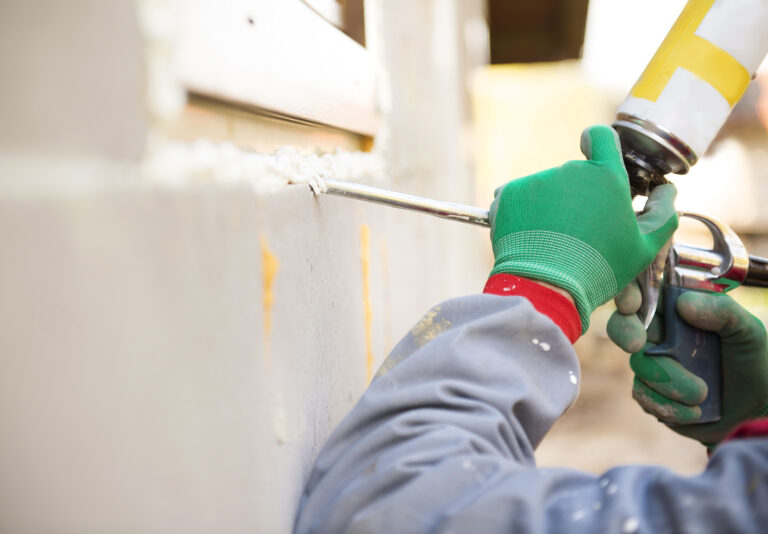How to Protect Your Family from the Dangers of Mold: Simple Steps for Improving Indoor Air Quality
Mold is a common problem in many homes, and it can have serious health effects on your family. Exposure to mold can cause respiratory problems, allergies, asthma, and even more severe health issues such as chronic fatigue syndrome or fibromyalgia. In this article, we will discuss how you can protect your family from the dangers of mold by improving indoor air quality.
Introduction to Mold and Its Health Effects
Mold is a type of fungus that grows in moist environments. It thrives in areas with high humidity levels, poor ventilation, and water damage. When mold spores are present in the air, they can be inhaled or ingested, causing adverse reactions in sensitive individuals. Symptoms of mold exposure include coughing, sneezing, runny nose, eye irritation, headaches, and difficulty breathing. Long-term exposure to mold can lead to more severe health complications such as lung disease, neurological disorders, and immune system deficiencies.
Signs of Mold Exposure and Associated Symptoms
If you suspect that there is mold in your home, look out for signs such as musty odors, visible patches of mold growth, peeling wallpaper or paint, and water stains on walls or ceilings. If you experience any of the following symptoms after being exposed to mold, seek medical attention immediately:
Shortness of breath
Wheezing
Chest tightness
Skin rashes or irritations
Nosebleeds
The Dangers of Long-Term Exposure to Mold
Long-term exposure to mold can have significant negative impacts on your health. Prolonged exposure to mold can cause inflammation throughout the body, leading to chronic conditions such as autoimmune diseases, cancer, and cardiovascular disease. Additionally, mold exposure has been linked to cognitive impairment, including memory loss and decreased brain function.
How to Identify and Remove Mold in Your Home
To identify mold in your home, conduct a thorough inspection of all rooms, especially those with high humidity levels or previous water damage. Look for visible signs of mold growth, such as dark spots or patches on walls, floors, or furniture. If you suspect there is mold behind walls or under floorboards, use a moisture meter to detect excess moisture levels. To remove mold, first contain the affected area to prevent spreading, then clean the surface with a mixture of bleach and water. For larger infestations, consider hiring a professional mold remediation company.
Preventing Mold Growth in Your Home
The best way to protect your family from the dangers of mold is to prevent its growth in the first place. Here are some simple steps you can take to improve indoor air quality and reduce the risk of mold:
Fix leaks and repair water damaged areas promptly
Use exhaust fans in bathrooms and kitchens to reduce humidity levels
Keep indoor humidity levels between 30% and 50%, using a dehumidifier if necessary
Regularly clean surfaces prone to mold growth, such as showers and sinks
Replace HVAC filters regularly to ensure proper airflow
Conclusion: Protecting Your Family from the Dangers of Mold
Protecting your family from the dangers of mold requires vigilance and proactive measures. By identifying and removing mold in your home, taking steps to prevent its growth, and monitoring indoor air quality, you can create a safer and healthier environment for your loved ones. Remember, mold can have serious health consequences, so don’t hesitate to seek medical attention if you suspect exposure.






